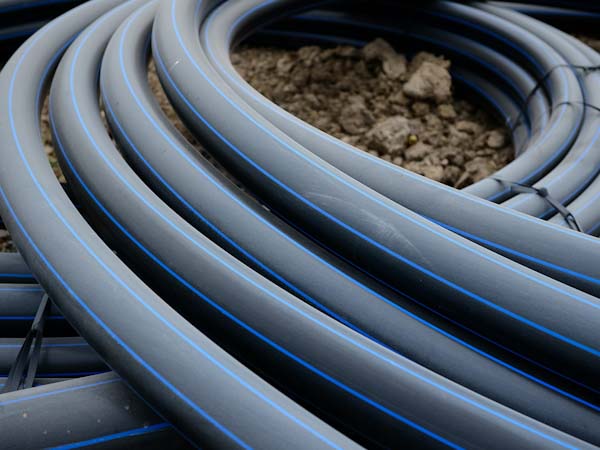Under Fence Edging
FREE SHIPPING
Free Shipping - Please submit a Quote Request for quantities larger than listed below.
| Minimum Qty | Price |
|---|---|
| 1+ | $1,127.03 |
| 2+ | $987.64 |
| 3+ | $941.63 |
| 10+ | $833.08 |
Tired of animals getting under your fence or have a neighbors weeds creeping into your yard? Our under fence edging is a great solution to provide a simple to install barrier that will help extend your fence even below the ground. It is made in the USA from 100% High-density polyethylene (HDPE). It is available in various sizes and thicknesses. The roll depths are 10", and 18” with thicknesses of 40 mil, 60 mil, or 80 mil (a mil is a 1,000th of an inch), roll lengths are all 100’. It can be cut down onsite to match the installation needs of your fence.
Installation is pretty straight forward. First, dig a trench at the base of the fence, drop the dig guard in the trench and then attach to the bottom of the fence with screws and washers (not included). Finally, backfill around the barrier.
This material is stocked in Kansas City, MO and typically ships within one business day.
Material Thickness:
40 mil = 3/64”
60 mil = 1/16”
80 mil = 5/64”






















